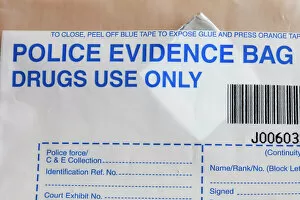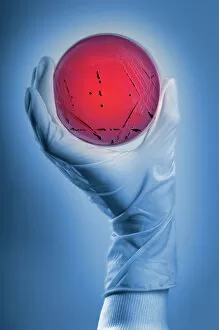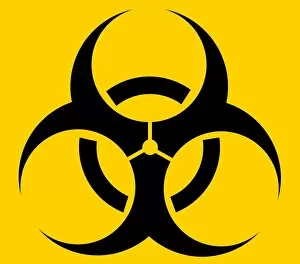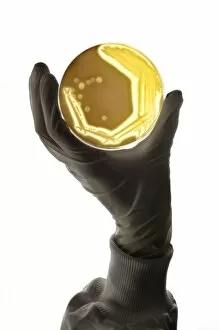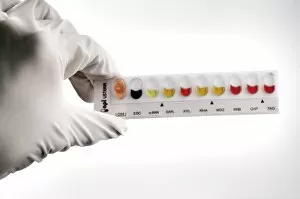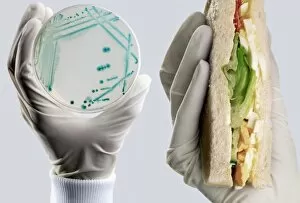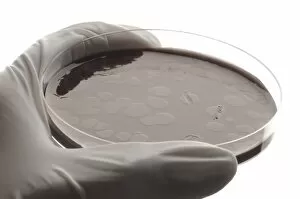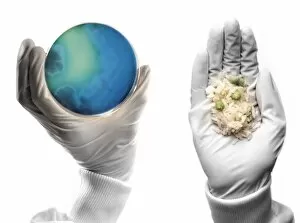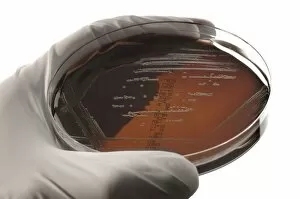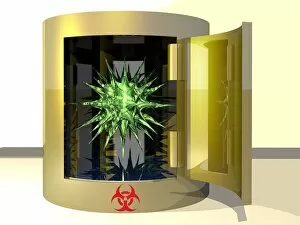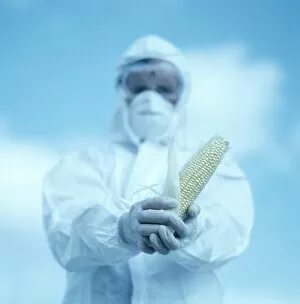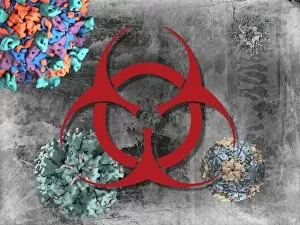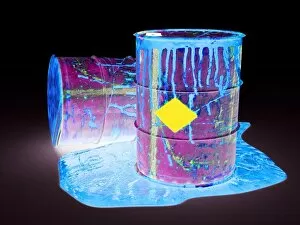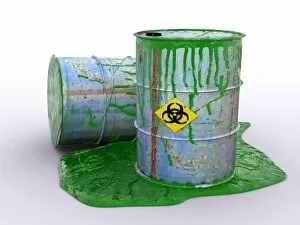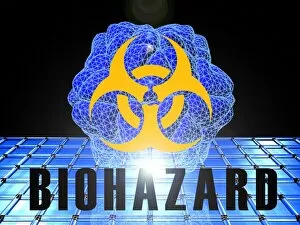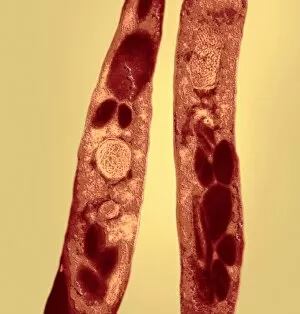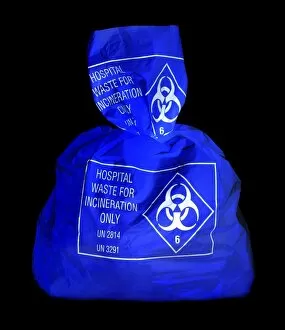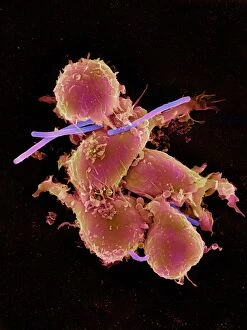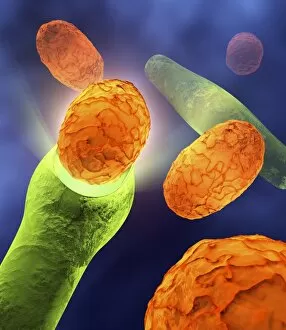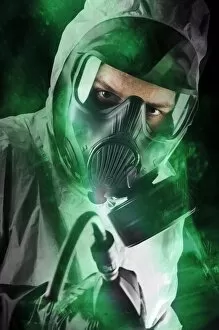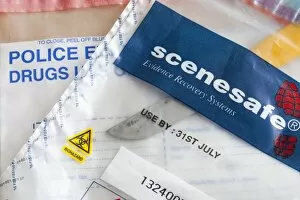Bio Hazard Collection
"Unveiling the Dark Side: Exploring the Perils of Biohazards" In a world where danger lurks in unexpected places
For sale as Licensed Images
Choose your image, Select your licence and Download the media
"Unveiling the Dark Side: Exploring the Perils of Biohazards" In a world where danger lurks in unexpected places, biohazards serve as chilling reminders of potential threats that surround us. From police evidence bags containing illegal drugs to sinister biological hazards like salmonella cultures, these unseen perils demand our attention. Symbolizing this treacherous realm is the internationally recognized biohazard symbol – an ominous warning sign that signifies imminent danger. It serves as a stark reminder of the invisible enemies we face and urges us to exercise caution at all times. Donning protective gear becomes paramount when confronting such hazards. The gas mask, an iconic emblem synonymous with chemical warfare and protection against toxic substances, becomes our shield against harm. Its presence evokes images of brave individuals who risk their lives to combat these lethal forces. As we delve deeper into this hazardous landscape, it becomes evident that vigilance is key. Whether it's law enforcement meticulously handling police evidence bags or scientists working with dangerous pathogens like salmonella cultures for research purposes, every precaution must be taken to prevent catastrophic consequences. The sight of multiple gas masks lined up in preparation for potential emergencies further emphasizes the gravity of dealing with these threats head-on. These eerie masks stand ready to safeguard those on the frontlines from inhaling deadly toxins or contracting harmful diseases caused by biological agents. Biohazards remind us that dangers can manifest in various forms - be it illicit drugs hidden within sealed police evidence bags or microscopic organisms capable of wreaking havoc on human health and safety. They serve as constant reminders that knowledge and preparedness are essential weapons in combating these insidious risks. In a world where biohazards loom ominously around every corner, let us not underestimate their potency nor ignore their existence. By acknowledging their presence and taking necessary precautions, we empower ourselves to navigate through this perilous terrain while ensuring our own well-being and protecting future generations from the clutches of these invisible threats.

